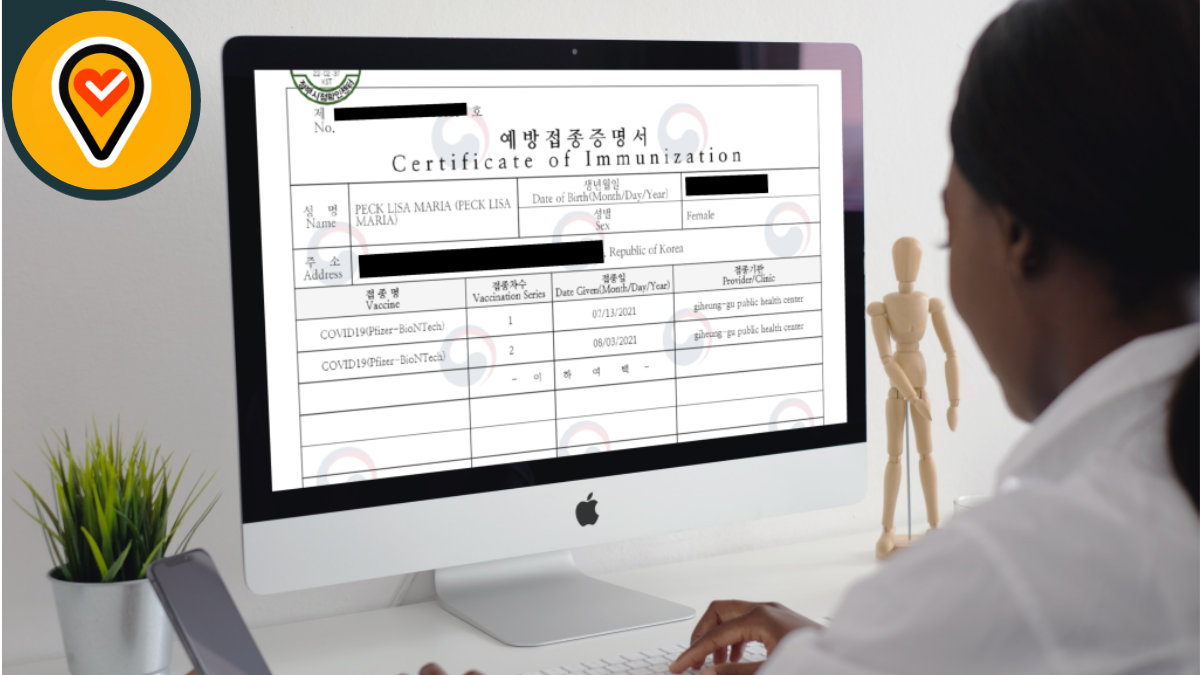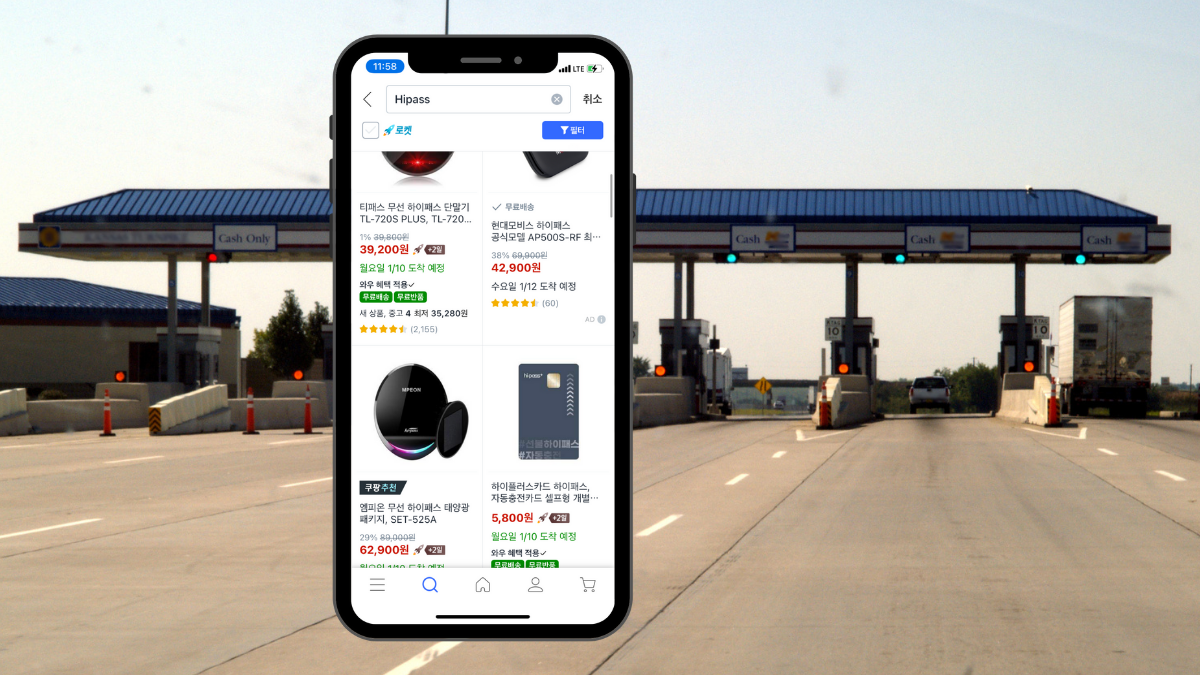
5 Misconceptions About Korea’s Suneung (CSAT) Exam
As a public school teacher in South Korea, I’ve learned that the echo chamber of English language information about Suneung lacks detail. In fact, the English language research and information about the Suneung was so misleading I could find no ethically viable sources for my Master’s thesis. Therefore, I would like to reveal some misconceptions about Korea’s Suneung (CSAT) exam.
- The Suneung (CSAT) in Western Media and Literature
- Misconception 1: The Suneung Is the Only Pathway to University
- Misconception 2: Most Students Only Take the Suneung Once
- Misconception 3: Suneung Participation Is Universal Among Korean Students
- Misconception 4: The Majority of Students Fail the Suneung
- Misconception 5: The Pressure Around Suneung Is Exclusively Due to Parental and Societal Expectations
- The Reality of the Suneong is Nuanced
- EFT Teachers Should Acknowledge the Nuances of the Suneung
- The Ethical Responsibility to Learn Beyond the English-Language Media Echo Chamber
The Suneung (CSAT) in Western Media and Literature
In Western media and conversations, the Korean Suneung (College Scholastic Ability Test, or CSAT) often gets sensationalized. Researchers, YouTube creators, and blog post writers describe it as an intense, all-or-nothing exam that defines every Korean student’s future. While there is truth to its importance in South Korea, especially historically, many misconceptions circulate. Particularly regarding its impact on university admissions and the pressure it imposes on students. Let’s address some of the common misconceptions and look at the real data published by Korean institutions.
I found out about the following misconceptions from my public school students. After one student presented a speech on the Suneung, I realized much of what I had learned about the exam through English language media was almost entirely inaccurate. I asked the students for more resources and did additional research myself. Here is what I found.
Misconception 1: The Suneung Is the Only Pathway to University
In the West, people often assume that Suneung is the sole determinant for university admissions, but this is far from the truth. While the test is critical for certain prestigious universities, the South Korean admissions process has evolved. Many universities now consider “holistic” or multi-faceted criteria, similar to Western systems. These factors include:
- Grades from high school
- Extracurricular activities
- Recommendations from teachers
- Performance in interviews
According to the Korean Ministry of Education, universities only admit around 27% of students solely based on their Suneung scores. The remaining students are admitted through a mixture of early admissions programs, which consider academic achievements, student portfolios, and other holistic factors. In fact, I’ve had two students accepted to Seoul National University based only on their portfolios, no Suneung required.
Misconception 2: Most Students Only Take the Suneung Once
It’s a common myth that Korean students only take the Suneung once, passing or failing in one shot. The reality is more nuanced. Many students opt to take the exam multiple times to improve their scores. These students are called jaesusaeng (재수생), and they often attend specialized hagwons (private academies) to prepare for a second or third attempt. Also, some of my students put off taking the Suneung for a year so they can have a year to study after school.
According to 2023 data from the Korean Institute for Curriculum and Evaluation (KICE), approximately 15-20% of the students taking the exam each year are retakers. This number includes students who may have already entered a university but wish to reattempt the exam to gain entry into more prestigious institutions. Also, the Number of Repeat Test-takers Applying for CSAT This Year Highest in 21 Years
Misconception 3: Suneung Participation Is Universal Among Korean Students
One of the most misleading views of the Suneung is that every Korean student takes it as a gateway to higher education. In reality, not all students sit for the exam. In fact, many of my students never take the test because they attend vocational high school programs after middle school. Since the test is primarily designed for those who aim to enter four-year universities, they see no reason to do it. According to KICE data, in 2022, around 509,000 students registered for the Suneung. However, Korea has a student population of over 2 million in the 17-19 age range, meaning a significant portion of students choose alternate paths, including vocational schools, community colleges, or skipping higher education entirely.
Misconception 4: The Majority of Students Fail the Suneung
Many Westerners assume that the majority of students “fail” the Suneung, meaning they don’t gain admission to a university. This is misleading. While getting into top-tier universities like Seoul National University (SNU) or Yonsei University is incredibly competitive, the overall university acceptance rate for students who take the Suneung is fairly high.
According to statistics from Statistics Korea, around 70-80% of students who sit for the Suneung get admitted to some form of higher education institution. This rate includes those who go on to four-year universities, junior colleges, or specialized institutes.
Misconception 5: The Pressure Around Suneung Is Exclusively Due to Parental and Societal Expectations
Just like with the United States and the CAT or SAT, pressure comes from a variety of different sources and not everyone feels it. While it’s true that the Suneung exam holds cultural importance and is seen as a way for students to secure prestigious careers, the Western narrative often over-emphasizes societal pressure while ignoring the agency students have. Many students are self-motivated, viewing the Suneung as a personal goal. A growing number of students now see other paths, and there is increased awareness of mental health in schools and among families.
Government and school initiatives in South Korea have worked to address stress surrounding the Suneung. Programs focusing on mental well-being have increased, and a growing number of students are opting for careers in technology and arts, where the Suneung score is less critical.
The Reality of the Suneong is Nuanced
The Suneung is undoubtedly a significant moment in the lives of some South Korean students. However, it is not the make-or-break event for every single student it is often portrayed as in the West. Students have multiple avenues to enter higher education, and many take advantage of these alternatives.
Additionally, the high rate of university acceptance paints a more optimistic picture than the grim narrative often presented in Western discussions. Understanding the Korean education system means looking beyond the exam to appreciate the broader context of student choices, educational opportunities, and evolving societal attitudes toward academic success.
EFT Teachers Should Acknowledge the Nuances of the Suneung
For English as a Foreign Language (EFL) teachers in Korea, acknowledging the nuances of the Suneung matters. For us, understanding the misconceptions about the education system, particularly about the suneung (CSAT) exams and the broader learning culture, may impact our students in hidden ways. Such misconceptions can influence how teachers approach classes, relationships with students, and expectations within the educational environment. Let’s talk more about this because our students deserve information teachers.
Understanding Student Motivation and Stress
Misconceptions about the suneung exam can lead EFL teachers to misunderstand the intense pressure Korean students are under. While the suneung is critical for university admission, it’s not the only factor. However, because many students are aiming for top-tier universities, there’s a high level of competition. Teachers should be aware of the balance between fostering a relaxed, engaging classroom atmosphere and acknowledging the academic pressures students are already facing.
- How this affects EFL classes: Students may prioritize subjects directly related to their suneung preparation, such as math and science, over English. As a result, EFL teachers need to find ways to make English relevant and connected to students’ overall educational goals.
Adjusting Expectations About Academic Performance
The relative grading system used in Korean schools adds another layer of pressure. EFL teachers need to understand that many students aren’t just competing to pass, but to excel relative to their peers. For EFL teachers, this means realizing that students might not necessarily be focused on mastering English fluency for personal growth, but rather on performing well enough to outpace classmates in exams or for university admissions.
- How this affects EFL classes: Teachers might need to align their curriculum with the needs of students preparing for exams like the Suneung or TEPS (Test of English Proficiency developed by Seoul National University) by focusing on specific language skills and test-taking strategies. Teachers should be aware that the importance of English varies for each student, depending on their future academic goals.
Being Sensitive to Cultural Expectations
Cultural misconceptions about Korean education, such as the idea that all students take the suneung once and base their future on it, can create misunderstandings about students’ experiences. In reality, many students retake the exam or enter university through alternative routes, such as holistic admissions programs. Teachers who recognize these nuances can better support their students’ learning journeys.
- How this affects EFL classes: EFL teachers should be patient and flexible when working with students who are under significant academic pressure. Understanding that not every student is aiming for immediate fluency can help teachers focus on incremental improvements and cater to students with varying levels of engagement.
Supporting Student Well-Being
Korean students, particularly in middle and high school, experience significant stress due to the relative grading system and competition. Misconceptions that paint this system in a purely negative light can prevent teachers from recognizing the resources students use to cope, such as after-school programs, counseling, and extracurricular activities. Teachers who are attuned to the pressure points in students’ academic lives can better support their emotional and mental well-being.
- How this affects EFL classes: EFL teachers can integrate relaxation techniques and stress-management activities into their teaching, making language learning less of an additional burden and more of an enjoyable subject. Encouraging group work and collaborative projects can also reduce the focus on individual competition.
Designing Effective Lesson Plans
The holistic nature of university admissions is often overlooked. Korean students may focus on non-academic aspects like extracurricular activities or projects that contribute to their university applications. EFL teachers can use this to their advantage by designing lessons that emphasize real-world communication skills, teamwork, and project-based learning.
- How this affects EFL classes: Teachers can emphasize practical English that students can use in interviews or extracurricular programs, helping them see the language as a tool for personal development beyond test scores.
Building Rapport with Parents and Students
Due to our role in education, many EFL teachers often interact with parents who may have different expectations based on cultural norms around education in Korea. Parents may focus heavily on academic performance, pushing their children toward high scores in all subjects. Understanding the competitive grading environment and the emphasis on educational success can help EFL teachers communicate more effectively with parents about student progress.
- How this affects EFL classes: When discussing student progress with parents, teachers should focus on how English skills are improving, rather than just grades, and emphasize the importance of long-term language acquisition in addition to test preparation.
However, also understand not EVERY Korean parent pushes their kids. I work in the countryside. These days at my particular school, most of my students’ parents only want them to be happy. The kids who excel do so from their own motivation. If you choose to work in Gangnam your reality may feel different. Navigating a Complex Education System
The Ethical Responsibility to Learn Beyond the English-Language Media Echo Chamber
For EFL teachers in South Korea, understanding the misconceptions about Korea’s Suneung (CSAT) exam is more than just a practical necessity—it is an ethical responsibility. Teachers must go beyond the simplified and often skewed portrayals of Korea’s educational culture that exist in English-language media and explore the lived realities of Korean students.
Teaching in another culture comes with the ethical obligation to fully comprehend the realities that shape students’ lives. By immersing themselves in accurate, nuanced information, teachers can tailor their lessons more effectively, respecting the pressures and challenges their students face. This also helps teachers remain mindful of student stress, understand the importance of academic success in Korean culture, and build stronger, more empathetic relationships with both students and their parents. We need to see our students and treat our students as whole and nuanced people.
Aligning teaching methods with the realities of the Korean educational system—rather than relying on superficial media narratives—enables teachers to ethically support their students’ development. This involves recognizing both academic needs and the mental and emotional aspects of learning, fostering an environment where students can thrive in both academic achievement and language development. Understanding these cultural nuances and going beyond media-driven misconceptions is a matter of respect and professional integrity for all EFL teachers.
Additional Information

Founded in 2015, the South of Seoul team consists of volunteers on three continents working together to support English-speaking people traveling or living in South Korea. South of Seoul volunteers work with organizations and individuals across South Korea to improve equitable access to information across South Korea. Much of South of Seoul’s information focuses on Pyeongtaek, Gyeonggi-do, South Korea.
Blogs published under the authorship of “South of Seoul” include blogs compiled by multiple volunteers to improve access to standardized information unrelated to individualized personal experiences.





